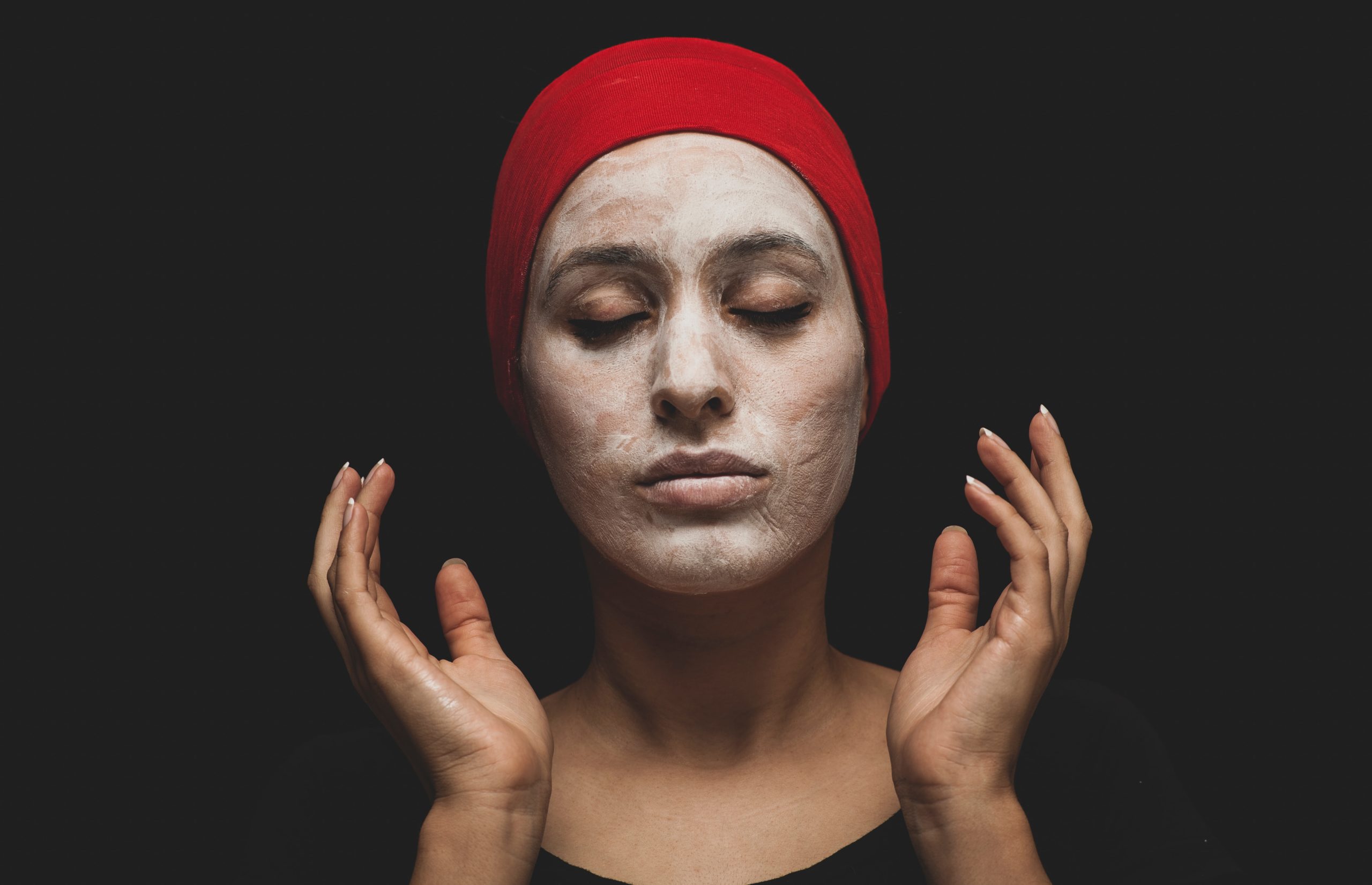Your nighttime skincare routine is just as important as your morning routine, if not more so. During the day, your skin is exposed to pollution, UV rays, and other environmental stressors.
At night, your skin has a chance to repair and regenerate, and your skincare routine plays a critical role in helping your skin do so.
But with so many skincare products available, it can be difficult to know what order to apply them in for the best results.
In this article, we’ll discuss the correct order to apply your skincare night routine, so you can wake up to healthy, glowing skin.
Step 1: Cleansing
The first step in your nighttime skincare routine should always be cleansing. Cleansing removes makeup, dirt, oil, and other impurities that can clog pores and lead to breakouts. There are two main types of cleansers: foaming and non-foaming.
Foaming cleansers are best for oily or acne-prone skin, while non-foaming cleansers are better for dry or sensitive skin. To cleanse your skin properly, wet your face with warm water, apply cleanser with your fingertips, and massage gently in circular motions.
Rinse thoroughly and pat dry with a clean towel.
Step 2: Toning
Toning is an optional but beneficial step in your nighttime skincare routine. Toners help to balance your skin’s pH, remove any remaining impurities, and prepare your skin for the next steps in your routine.
There are three main types of toners: astringents, hydrating toners, and exfoliating toners.
Astringents are best for oily or acne-prone skin, while hydrating toners are better for dry or sensitive skin. Exfoliating toners contain alpha-hydroxy acids (AHAs) or beta-hydroxy acids (BHAs) to help remove dead skin cells and unclog pores.
To apply toner, use a cotton pad and swipe gently over your face and neck.
Step 3: Exfoliating
Exfoliating is an important step in your nighttime skincare routine because it helps to remove dead skin cells and unclog pores. There are two main types of exfoliants: physical and chemical.
Physical exfoliants contain small particles, such as sugar or salt, to physically scrub away dead skin cells.
Chemical exfoliants contain AHAs, BHAs, or enzymes to dissolve dead skin cells. Chemical exfoliants are gentler on the skin and more effective at unclogging pores. However, they can also be more irritating if used too frequently or if you have sensitive skin.
Exfoliate no more than twice a week, and always follow up with moisturizer.
Step 4: Treating
Treating is the step where you can customize your routine to address specific skin concerns, such as acne, dark spots, or fine lines. There are many different types of treatments, including serums, spot treatments, and masks.
Serums are lightweight, concentrated products that deliver active ingredients deep into your skin. Spot treatments are designed to target specific blemishes or areas of hyperpigmentation.
Masks can help to hydrate, brighten, or detoxify your skin. To apply treatments, use your fingertips to massage the product gently into your skin.
Step 5: Moisturizing
Moisturizing is a critical step in your nighttime skincare routine, especially if you have dry or sensitive skin. Moisturizers help to hydrate your skin and lock in moisture, which can help to reduce the appearance of fine lines and wrinkles.
There are two main types of moisturizers: creams and lotions. Creams are thicker and better for dry or mature skin, while lotions are lighter and better for oily or combination skin.
To apply moisturizer, use your fingertips to massage the product gently into your skin in upward and outward motions.
Step 6: Eye Cream
The delicate skin around your eyes requires special attention, which is why eye cream is an important step in your nighttime skincare routine.
Eye creams help to hydrate, brighten, and reduce the appearance of fine lines and wrinkles around your eyes.
To apply eye cream, use your ring finger to gently pat the product around your eye area, taking care not to tug or pull on the skin.
Step 7: Lip Care
Lip care is often overlooked in nighttime skincare routines, but it’s an important step if you want soft, smooth lips. Lip balms or oils help to hydrate your lips and prevent chapping. To apply lip balm or oil, use your fingertips to massage the product gently onto your lips.
FAQs
1. How often should I exfoliate in my nighttime skincare routine?
You should exfoliate no more than twice a week in your nighttime skincare routine. Over-exfoliating can irritate your skin and lead to dryness, redness, and inflammation.
2. Do I need to use a toner in my nighttime skincare routine?
Toning is an optional step in your nighttime skincare routine, but it can be beneficial for balancing your skin’s pH and removing any remaining impurities.
3. Can I use the same moisturizer for my face and body?
While you can use the same moisturizer for your face and body, it’s best to use a moisturizer that’s specifically formulated for your face. Facial moisturizers are typically lighter and less greasy than body moisturizers, which can clog pores and lead to breakouts.
4. Is it necessary to use an eye cream in my nighttime skincare routine?
Using an eye cream in your nighttime skincare routine is not necessary, but it can help to hydrate and protect the delicate skin around your eyes.
5. What should I do if I have sensitive skin?
If you have sensitive skin, it’s important to choose skincare products that are gentle and non-irritating. Look for products that are fragrance-free and hypoallergenic, and always patch test new products before using them all over your face.



